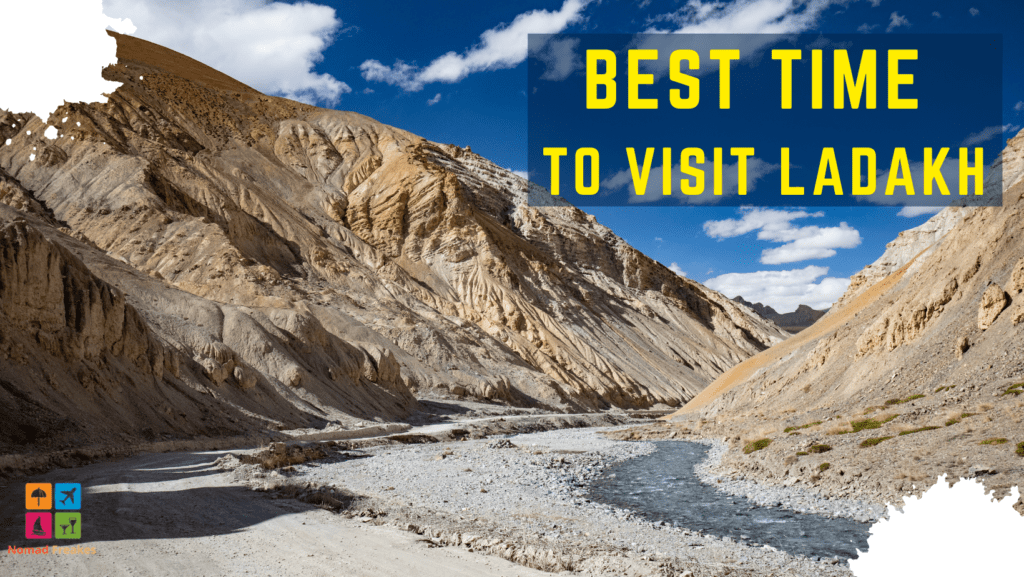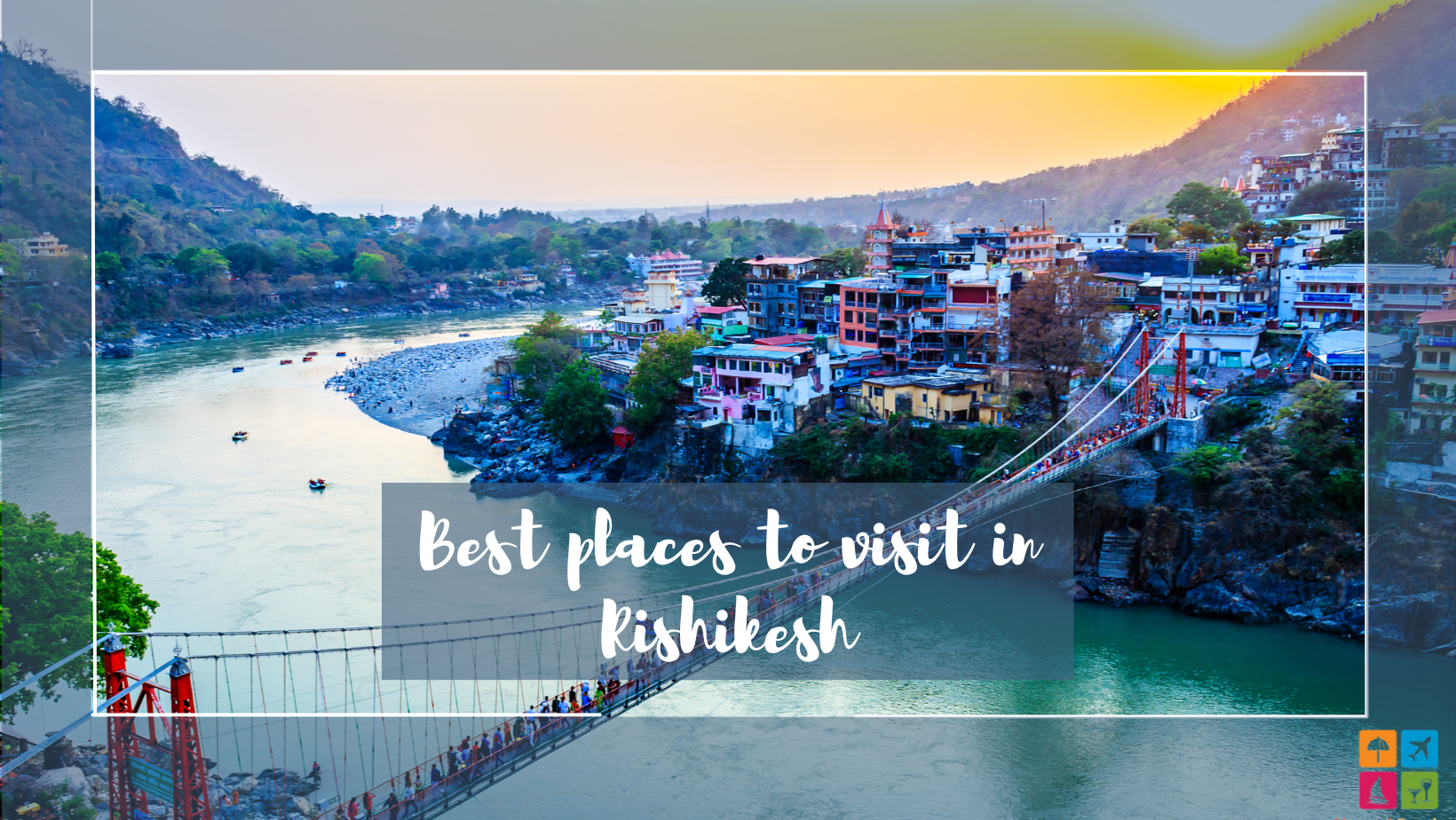
The Beatles, a well-known English rock band, visited Rishikesh in the 1960s, making it known as the “Yoga Capital of the World.” The well-known band spent time at Maharishi Mahesh Yogi’s Ashram in search of spirituality.
When visiting this spiritual city, spending some time at this ashram is a given, but there are a lot of other places that demand your attention. Start the day off well with some river rafting at Shivpuri, a quick bite at one of the cafes along the water, and a stroll down Laxman Jhula’s eclectic collection of businesses.
Finally, relax at the ghat and lose yourself in the evening’s breathtakingly beautiful Ganga Aarti. And if you want a detailed roadmap to help you organize your entire trip, this is the guide for you. Keep reading to learn about the top tourist destinations in Rishikesh:
1. Laxman Jhula, the beginning of the trip to Rishikesh!
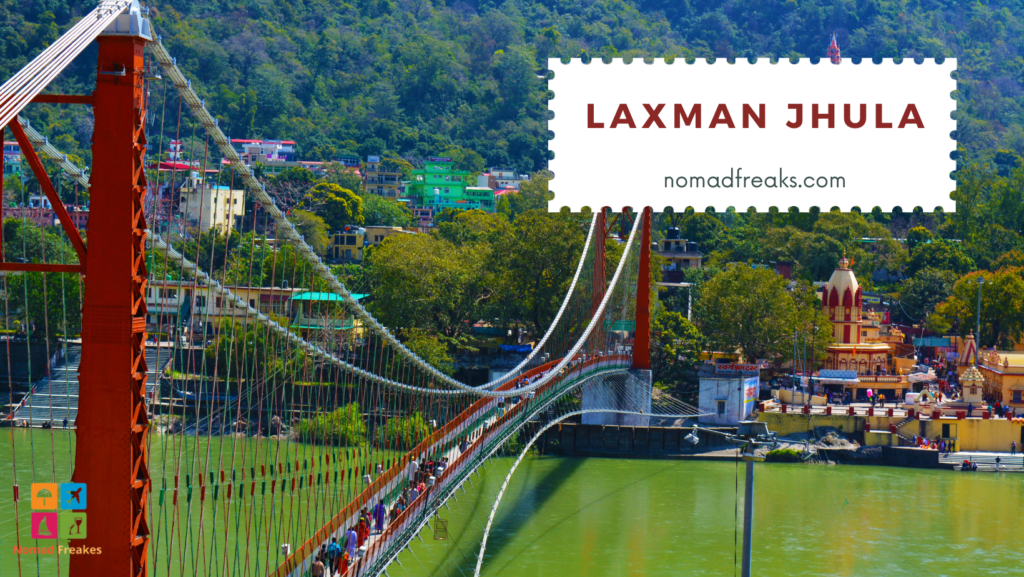
If you’re planning a trip to Rishikesh, don’t miss out on Laxman Jhula, a mythological bridge that is considered an integral part of the city. Tapovan and Jonk, two Garhwal villages, are linked by a suspension bridge 137 metres in length that crosses the Ganga River.
Lakhsmana, a Hindu god, is said to have crossed the first Laxman Jhula, which was fashioned from jute ropes. In 1929, the bridge was completely rebuilt as a suspension bridge, increasing its length by 137 metres. Laxman Jhula, located on the outskirts of Rishikesh, is one of the best places to enjoy an uninterrupted view of the city and the flowing Ganga.
Things to do:
- Nearby Temple Visits
- Photography
- Watching Ganga Aarti
- Sightseeing
2. River rafting in Rishikesh

Among all the activities available in India, rafting in Rishikesh is without a doubt the most exciting and memorable experience you can have. Everything about this location is top-notch, from the naturally favourable conditions to the quality of the available human support. There are specialised camping and rafting packages available in Rishikesh, as well as a few well-known operators with excellent safety precautions. If you’re looking for a relaxing vacation, rafting companies will take care of all the details, including food and water. During the busiest times of the year, Rishikesh may get quite crowded, so keep that in mind when you make your travel plans.
Rafting season in Rishikesh: The months of February through May are best for rafting in Rishikesh. With the exception of the monsoon season (middle of June to the end of September), rafting is available year-round.
A Few Rafting Tips: You don’t have to know anything about rafting in order to join us.
- Remember to bring along some spare clothes, footwear, and clean towels.
- Everything you need will be stored in a waterproof backpack that your guide will provide for you.
- Your guide will have a waterproof bag to store your phone, keys, and sandals in while on the river.
- If you’re planning on taking a camera on your rafting excursion, you can borrow one of ours. However, this could put you in danger of hitting a stone or turning over on the raft.
- On a sunny day, be sure to bring along your sunscreen.
- Put on your swim goggles to have a more thrilling experience.
- Bring along your regular T-shirt, shorts, or pyjamas, ideally the dry fit variety.
- You should plan ahead and avoid going rafting on Sundays to avoid the crowds.
3. Ganga Aarti, Rishikesh
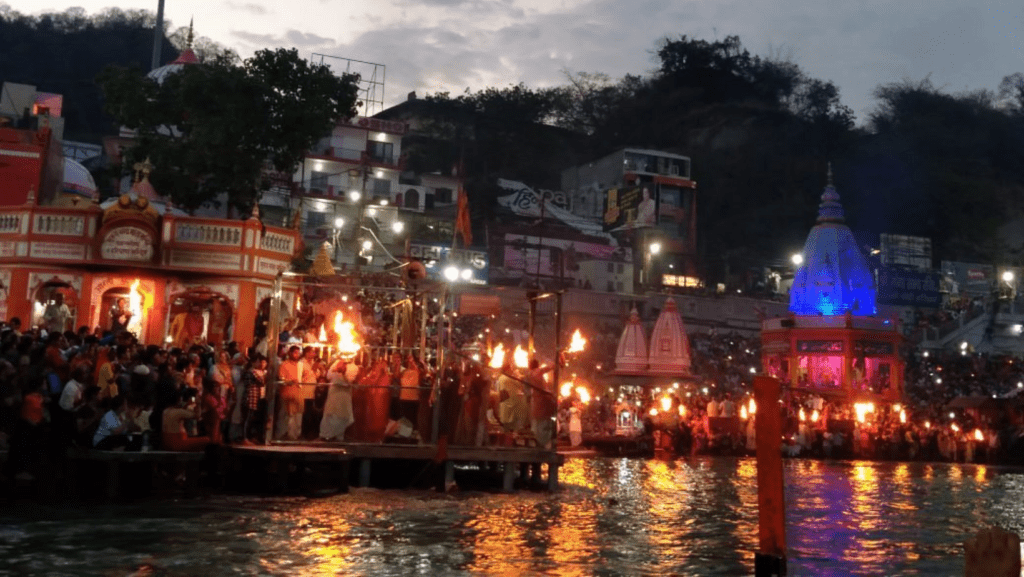
When conducted on the ghats of Rishikesh at dusk, Ganga Aarti is the holiest and most auspicious of all rituals. Although the aarti is done at numerous ghats, Parmath Niketan Ghat and Triveni Ghat are the most famous. Smoke from the hawans rises into the air, lighting up the riverbank with beautiful floating diyas. Listening to the bells of a temple ring, hearing devotees chant sacred chants, and taking in the atmosphere is truly once in a lifetime.
The ritual is carried out by Vedic priests, who are mostly only students learning about the Vedas. Saffron-clad pandits pray to Agni, the God of Fire, while spinning huge bowls of fire in front of the riverbank. In addition to the diyas, pilgrims frequently throw flowers into the water as an offering to the gods.
Things to do:
- Attending Maha-aarti
- Photography
- Shopping
- Offering oil lamps in water
- Bathing
- Feeding the fish
Timings
- The time for the morning aarti is between 5:45 and 6:30.
- The time for the evening aarti is between 6:00 and 7:00.
4. Rishikesh’s Kunjapuri Devi Temple

The Kunjapuri Devi Temple, dedicated to Parvathi, the Hindu goddess, may be found at the peak of the Kunjapuri hill. In addition to the fact that it is one of Uttarakhand’s fifty-two Shaktipeeth, the shrine is well-known for its entrancing location, which provides a breathtaking panoramic view of the Shivalik range and the majestic peaks of Chaukhamba and Bandarpunch. This panorama is one of the reasons the shrine is so popular.
5. Parmath Niketan Ashram
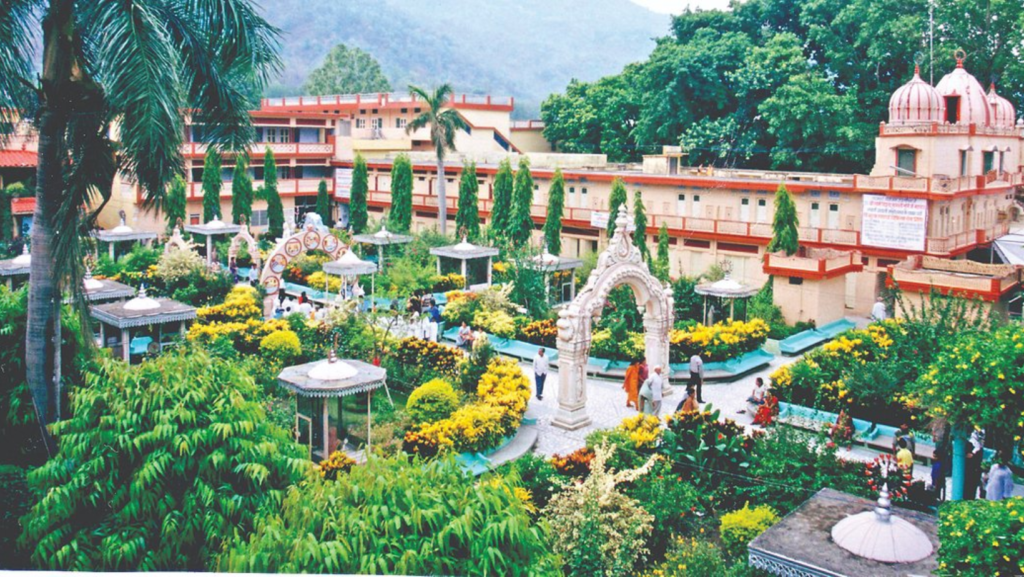
The largest ashram in Rishikesh is Parmarth Niketan, which is located on the banks of the sacred Ganga River and is surrounded by the Himalayas and verdant countryside. Devotees travel from all over the world to experience its peaceful, restful, calming, and tranquil atmosphere.
It has more than a thousand rooms for worshipers and includes some 21st-century conveniences.
Visiting Parmath Niketan Ashram will improve your physical health, mental clarity, and spiritual outlook. It is claimed that the religious and spiritual teachings given here will show you how to cleanse your body and gain a better understanding of the energy centres located within yourself.
At Parmarth Niketan Ashram, the daily schedule includes activities such as yoga and meditation, as well as spiritual classes, satsang, kirtan, the Ganga Aarti, and spiritual talks.
6. Temple of Neelkantha Mahadeva
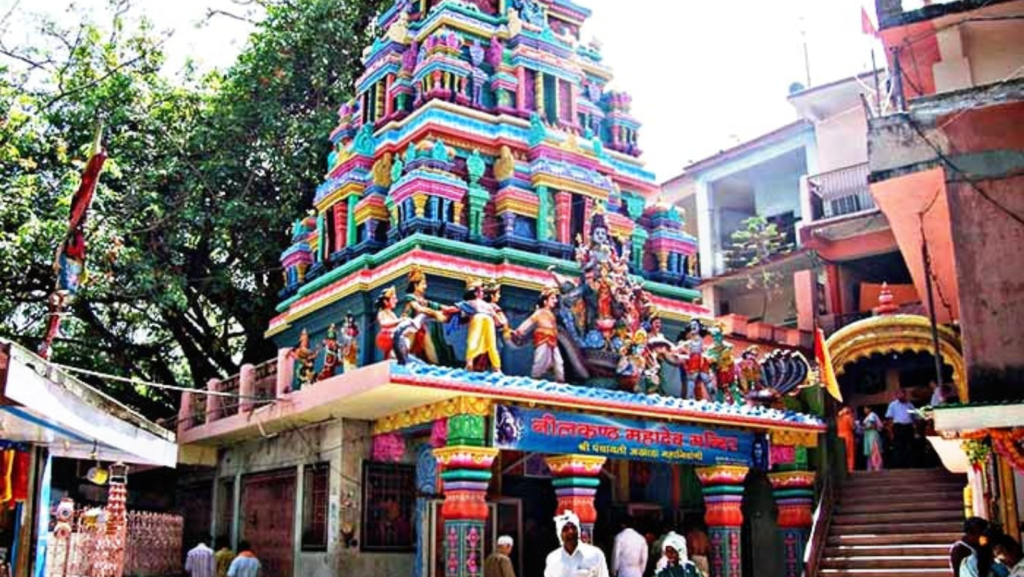
The Neelkanth Mahadev Temple may be found in the midst of a verdant forest at an elevation of 1,670 metres and is located approximately 12 kilometres away from the city of Rishikesh. It is considered to be one of the holiest Shiva shrines in all of India and is highly recommended as a destination for tourists in Rishikesh. According to Hindu mythology, Lord Shiva drank poison during Samudramanthan, a battle between the gods and the demons, at the site of the temple.
The inside tomb of the temple, which depicts the Samudramanthan story, is a major draw for visitors. There is a freshwater spring at the temple, and many visitors take advantage of it by washing off their offerings.
Things to do:
- Explore the architecture.
- Photography
- Seek Blessings
- Visit nearby places
- Bathing
Hours: 5 a.m.–6 p.m.
7. Sports like rock climbing and rappelling

Both rappelling and rock climbing are among the most popular and in-demand activities in Rishikesh. Instead of climbing up a rock face, rappelling involves lowering oneself down a cliff using a rope. Both amateurs and professionals are welcome to sign up for the trips because they are open to everyone. These two activities are among the most exciting things to do in Rishikesh and are among the most popular things to do in the rishikesh.
8. Neer Garh Waterfall
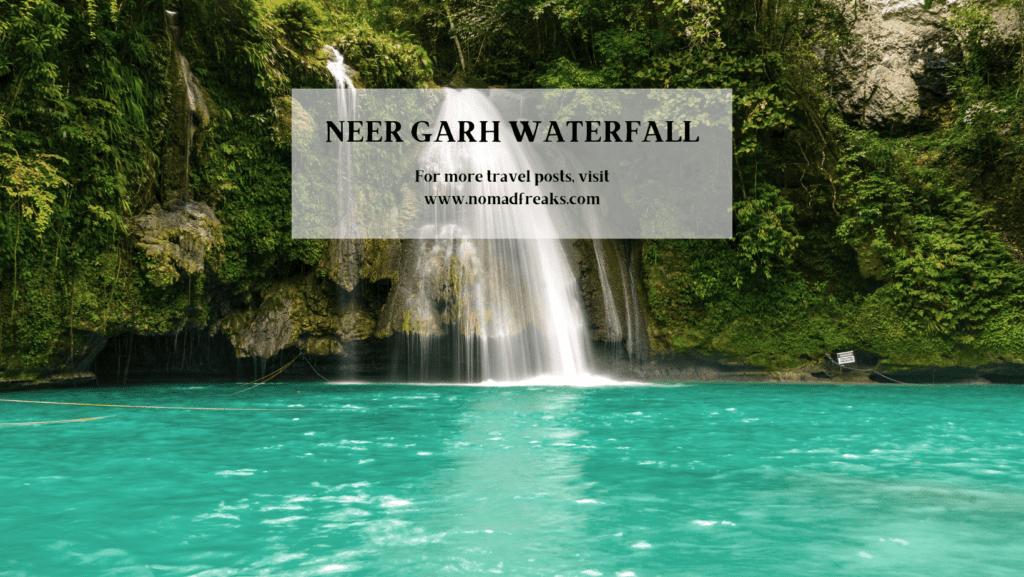
Neer Garh Waterfall is a sight to behold, and it’s hidden away in the woods near the beautiful town of Rishikesh. This powerful waterfall is actually the result of the combination of three smaller waterfalls, and it falls down over a cliff as high as 25 feet. The area around the waterfall is pristine and unspoiled, providing an authentic natural experience in the heart of India’s exciting capital.
It’s about a 15-minute hike through the woods on pathways leading to the waterfall. Along the paths you would take, there are two bridges and a stream of water. In addition, there is a wide range of plants and animals that live in and around the area. There is no way you could ever find a journey on this scale as remarkable. The trip would be unmatched.
Bring binoculars to see the hill station’s depths and the neighbouring valley. You may rest assured that your time spent at this location in Rishikesh will be one of a kind.
When Is The Best Time To Visit Neer Garh Waterfall?
If you want to see Neer Garh Waterfall in all its glory, the best time to go is after the monsoon, between the months of October and the middle of November.
Summer: Between the first week of March and the first week of May, the weather is mild, making it perfect for outdoor activities such as hiking and camping. However, the optimal conditions for seeing the waterfall may not be present.
Monsoon: The hill station receives extremely high rainfall in the months of May through September, resulting in a waterfall of tremendous energy. However, remember that excessive rain causes landslides, and even strong rainfall will make your outdoor tours difficult.
Winter: This time of year, from October to February, is known as winter. You may visit the hill town between early October and mid November, as it is when snow begins to fall from the sky.
At this time of year, the waterfall seems especially beautiful against the backdrop of the town’s verdant landscape.
9. Rishi Kund, Rishikesh
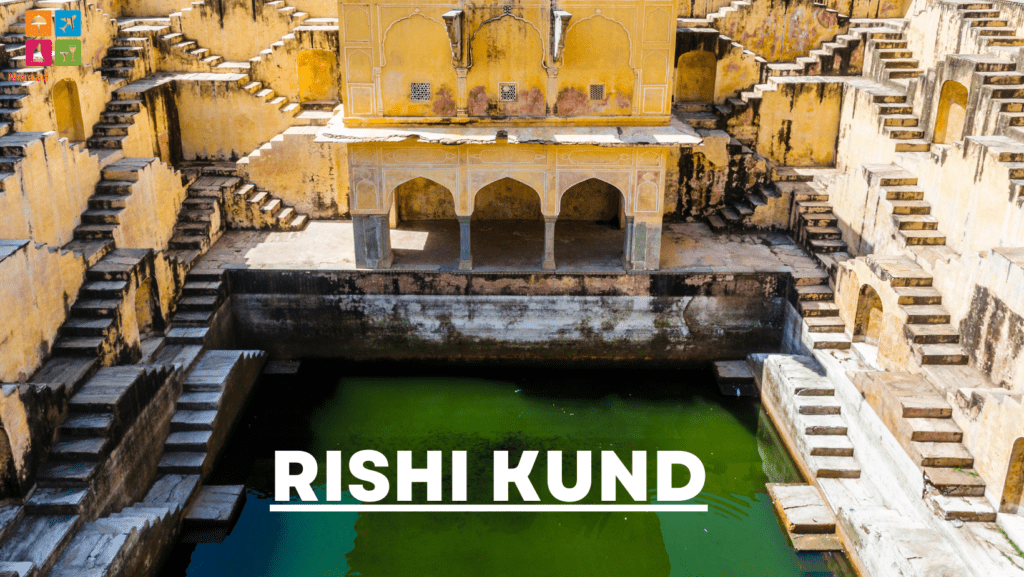
A natural hot spring pond called Rishi Kund is revered as a sacred body of water in the community. Legend has it that the Yamuna River must bless a sage before the pond may be refilled with water. The locals also believe that the rivers Ganges and Yamuna converge at this location, and that Lord Rama bathed in the kund while he was exiled. Whatever the truth behind the myth, the pond’s peaceful atmosphere is not to be missed.
10. Shivpuri: The Best Place for Camping and Rafting!
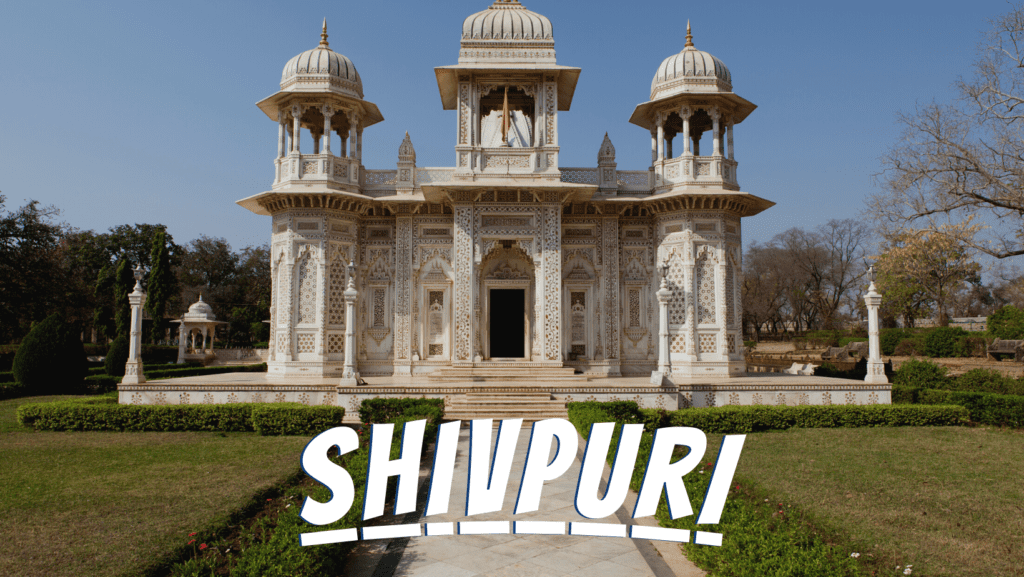
Shivpuri may be a tiny town, but it has made a name for itself in the world of adventure travel. The River Ganga is the best place to go boating, kayaking, and rafting in the area, and it’s worth visiting just for that alone if you’re not here for the impressive mountains or the warm locals.
If you want to experience the adventurous side of Uttarakhand while visiting Rishikesh, you should definitely include Shivpuri in your schedule, in addition to the old temples and ghats. Staying in a tent or camp for the weekend and trying out a variety of activities will guarantee you’ll take home some fantastic stories to tell.
Things to do:
- Trekking
- Kayaking
- Boating
- Jungle Walks
- Camping
- Rafting
Hours: 6 a.m–9 p.m.
11. Explore Rishikesh’s flora and fauna in Rajaji National Park!
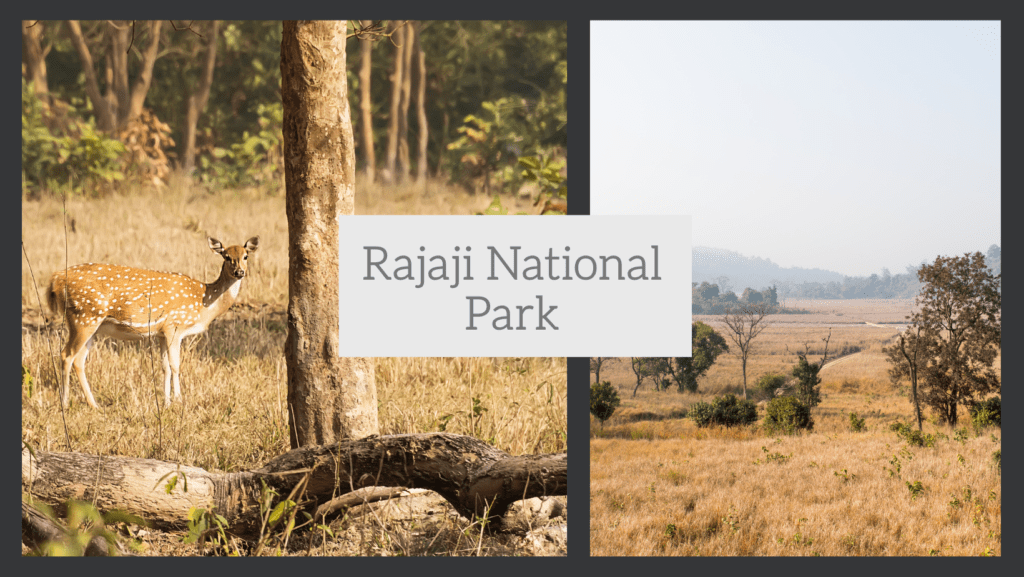
Rajaji National Park is one of Rishikesh’s most popular destinations, and it’s only around 15 kilometres from the city itself. Together, Rajaji National Park and Sanctuary, Chilla National Park and Sanctuary, and Motichur National Park and Sanctuary were once three separate sanctuaries. Originally established in 1983 as Rajaji National Park, the area was renamed Rajaji Tiger Reserve in 2015.
Rajaji National Park, Uttarakhand’s second tiger reserve after Corbett, is a popular destination for wildlife safaris thanks to its extensive array of species. Its expansive 820 kilometres make it a popular destination for birdwatchers from all over the world.
Things to do:
- Rafting
- Sightseeing
- Birdwatching
- Night Safari
- Jungle Safari
Timings:
- Time of the morning safari: 6 a.m.–11 a.m.
- Safari in the evening: 2:30 p.m.–5:30 p.m.
12. Kayaking in Rishikesh

One of the most interesting things to do in Rishikesh is go canoeing or kayaking on the river. A person engages in the activity by paddling down a river in a kayak or other similarly sized watercraft. In order to successfully navigate the rapids and tides, participants in the activity will need to undergo a brief training session for the first time. After that, you’ll be able to handle things on your own.
FAQs
1. What are the top sightseeing places in Rishikesh?
The best places to visit in Rishikesh include the Laxman Jhula and Ram Jhula bridges; the Beatles Ashram, Shivpuri; the Neelkanth Mahadev Temple, Triveni Ghat; the Neer Garh Waterfall, Kaudiyala; Swarg Ashram, Rishikund; Geeta Bhawan; Vashishta Gufa; the Kunjapuri Temple; and Parmath Niketan Ashram.
2. How long is enough time in Rishikesh?
If you’re an outdoor adventurer and a nature lover, Rishikesh is the place for you. Planning a trip that lasts between three and four days will allow you to relax and refresh without feeling stressed.
3. What are the things we can do in Rishikesh?
The following are just a few of the many top attractions in Rishikesh:
- Shivpuri
- Jumpin Heights
- Rishikund
- Triveni Ghat
- Neelkanth Mahadev Temple
- Laxman Jhula and Ram Jhula
4. How can I stay in Rishikesh for free?
There are several free places to stay in Rishikesh, such as ashrams and Dharamshalas. However, you’ll have to do some sewa (household service) in exchange for this favour. If you don’t wish to participate in Sewa, you can always leave the area having donated to a charity of your choice.
5. What activities are available at night in Rishikesh?
In Rishikesh, some of the best late-night spots include:
- Relax at the campfire at Riverside.
- Laxman Jhula, which is incredibly active
- Kaudiyala Beach, a place of peace and quiet
- Triveni Ghat is a famous spot in Rishikesh
6. Is it cold in Rishikesh in December?
Rishikesh is a beautiful destination at any time of year, but there’s something special about a December trip. The air is just cool enough to be comfortable, making this the best time to visit. Camping, rafting, and bungee jumping are just some of the adventures available to you.
7. What are the top places to visit in Rishikesh for couples?
Rishikesh is a favourite destination for honeymooners and other romantic travellers.
- Garud Chatti and Phool Chatti Waterfalls
- Shivpuri
- Kaudiyala Beach
- Bairaj Lake
- Byasi
- Neer Garh Waterfall
8. What are the top things to do for tourists in Rishikesh?
For visitors, some of the best activities in Rishikesh include:
- Rafting
- Camping
- Jungle Camping
- Cliff Jumping
- Yoga and Meditation Learning
- Night Safari
- Visits to Temples
- Giant Swing
- Ganga Aarti Darshan
- Cafe Visits
- Ride a Hot Air Balloon
- Ashram Visits
9. Which are the must visit temples in Rishikesh?
The following are a few of Rishikesh’s most sacred sites:
- Parmarth Niketan
- Swarg Niwas
- Laxman Temple
- Tera Manzil Temple or Trayambakeshwar Temple
- Shatrughna Temple
- Kunjapuri Devi Temple
- Raghunath Temple
- Shri Bharat Mandir
- Neelkanth Mahadev Temple
- Neelkanth Mahadev Temple
10. How many days are required to explore the best of Rishikesh sightseeing tourism?
Whether you want to go rafting, cliff jumping, or camping, you’ll need at least three to four days in Rishikesh to see everything there is to see. You can spend about seven or eight days in the area if you include Haridwar, Mussoorie, and Dehradun in your Rishikesh tourism package.
We hope you enjoyed this article “Best places to visit in Rishikesh”
Read More:
